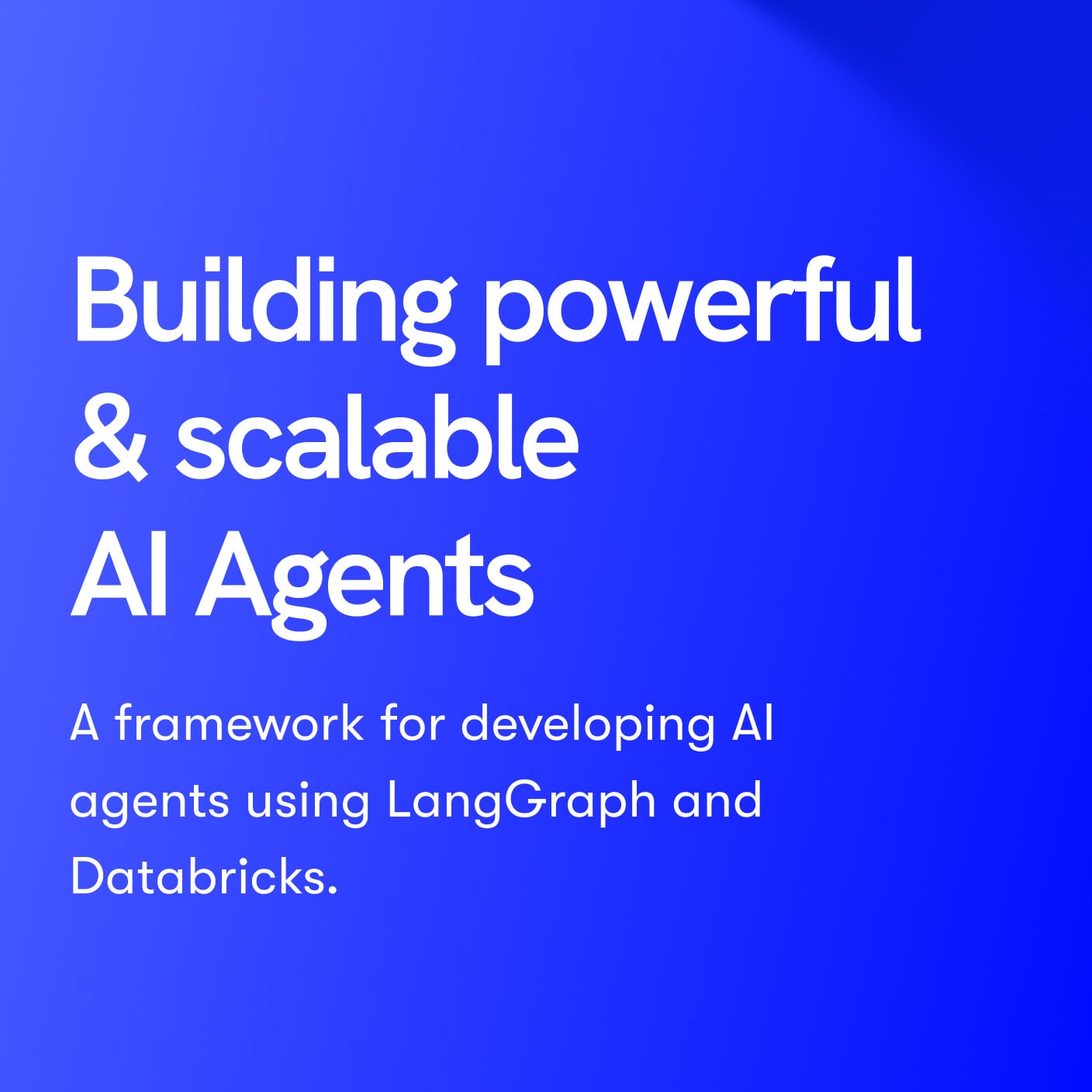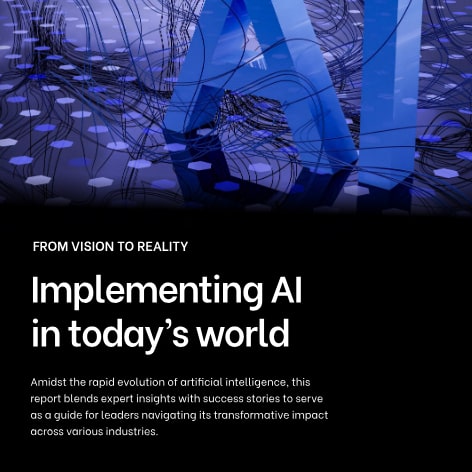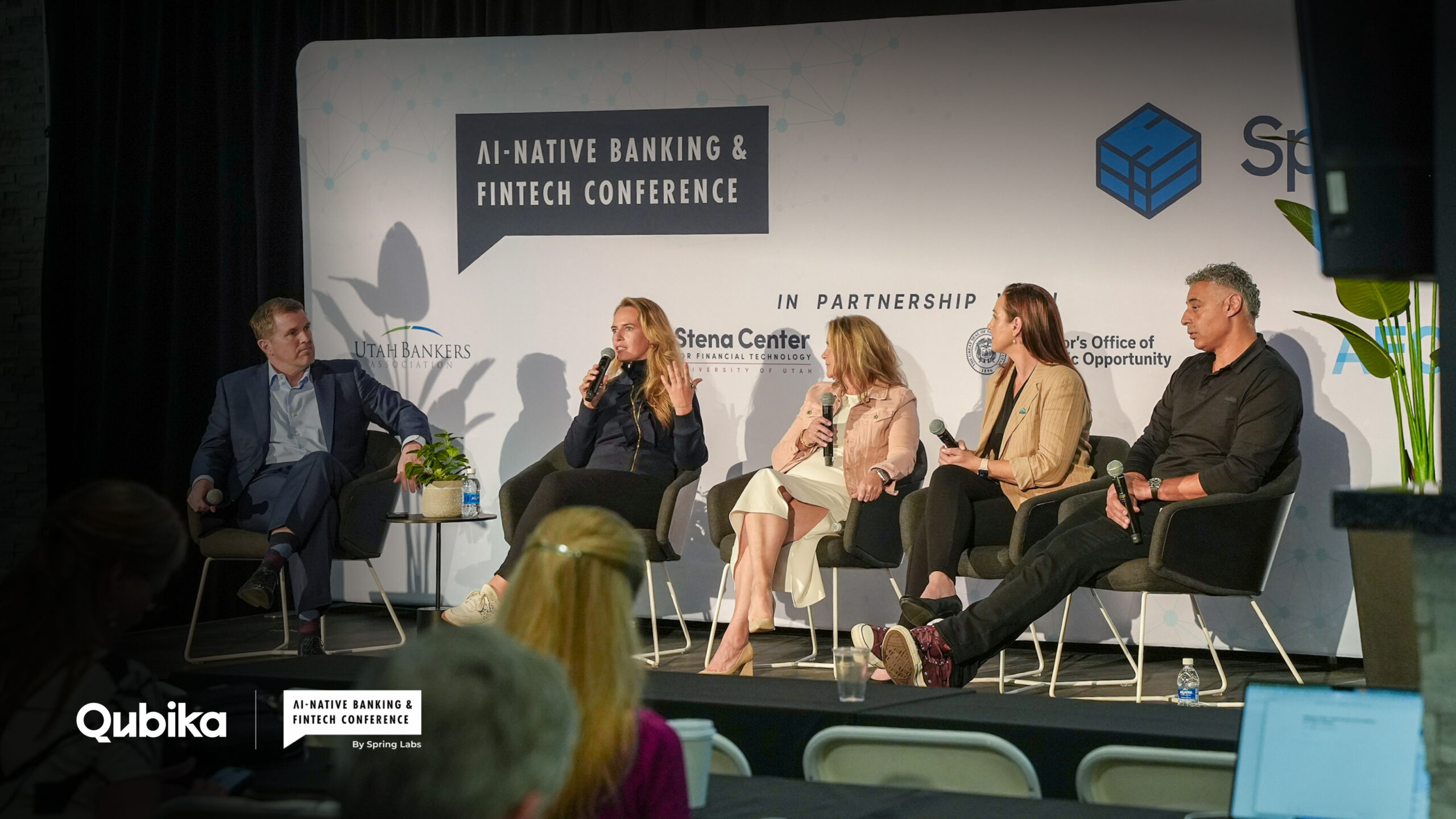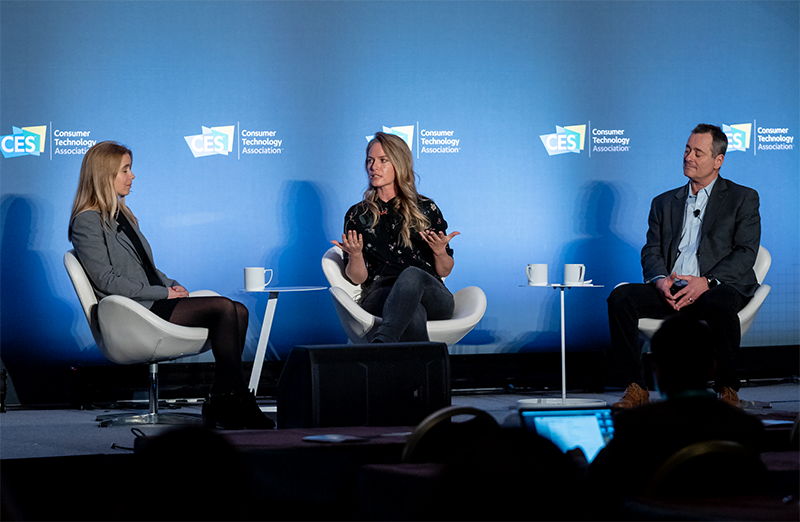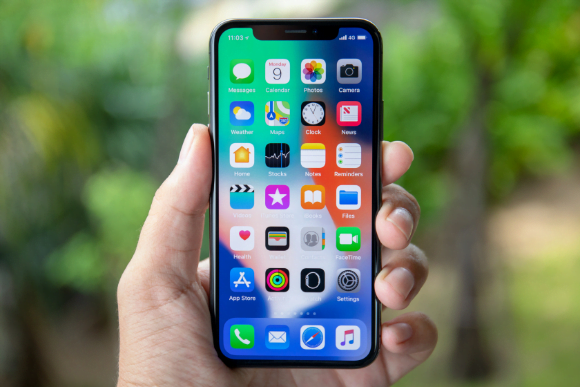When I was invited to speak at the Wearable Tech Summit during CES (Consumer Electronics Show) in Las Vegas a few weeks back, I took some time to visit the numerous exhibits. While there, I was able to catch up on the neverending innovation on display from my wearables industry colleagues, with smart products set to improve people’s lives and disrupt routines, but I was also disappointed by the user experience many of the associated mobile apps had to offer. I want to tell you why it is a fundamental mistake to downgrade your mobile app to an “add-on.”
Value Beneath the Surface
With smart products, it’s easy to focus on what you can see like the sleek design and cool features. However, it’s also about what you don’t see that bolsters the incredible impact of smart devices and wearables. Most of these products are paired with user-facing apps to enable the device, drive increased convenience, functionality, and engagement, which was also the focus of our previously mentioned CES Fireside Chat, “The Secret Behind the Wearable.” So, how exactly do mobile apps impact the smart device ecosystem, pre-and post-purchase?
The Smart Devices and Wearables Ecosystem
To appreciate the role that mobile apps play for these smart products, it’s important to first define the smart devices and wearables ecosystem. This ecosystem includes product hardware and firmware as well as app and cloud software.
Each of these parts has its own team, timeline, process, pricing and more. However, they all integrate to create one extraordinary product that solves an audience’s problem or need. Although the ecosystem requires a seamless connection between the smart device or wearable and the app, the user experience may not deliver that. This is especially the case if the user doesn’t feel like the device is easy to navigate or offers the functionality they expect. And, the mobile app can play a vital role not only during the on-boarding process and ongoing usage, but it also influences the purchase-decision-making process.
Reviews Influence Decisions
In today’s internet-driven world, it is no surprise that online reviews appear to be a strong influence on tech buying behavior. Research suggests that others’ experiences with an app, including any bad rating found in an app store, can influence the decision to download or purchase the app.
Consequently, it can be expected that if there is a bad review about an app associated with an app-enabled smart device, then the person reading that review is likely to attribute the bad experience to the entire device or wearable. As a result, they may decide not to buy that smart device or wearable.
A Unified Experience
The reason behind this is users see the app and device as one experience. And, in turning to research that validates how this experience perception is everything when it comes to a purchase, a 2020 Walker study found that, by the end of 2020, customer experience will become the key brand differentiator over price and product.
Combine this with recent statistics that note that 52 percent of users that had a bad mobile experience will be less likely to engage with that brand again. The app connected to that mobile experience must work from the first time the user interacts with that smart device or wearable. If there is not a continual seamless experience, then the user loses engagement with that device or wearable as well as the brand behind it.
The Heart the Mobile App: On-boarding, Pairing, and Data
However, the key role that apps play in the wearables ecosystem involves onboarding and device pairing, both of which enable data reception and delivery from and to the smart device. App design and development must be done in a way that leads the user through this process in an intuitive way.
This starts with the onboarding experience where the user can enter some information about themselves, learn the basics on how to use the device, and start getting the most value out of it. This is oftentimes the first actual touchpoint with a just-purchased smart device. Hence, it’s important to reflect the brand adequately and ease the user towards actually being able to use the product. Dedicating time to User Experience (UX) design is just as important for anticipating a user’s needs and potential pain points as building a light and fast app with no friction points.
Next comes the device pairing or enabling process to exchange and process data. Going back to the point of app marketplace reviews, one of the main pain points is typically when users can’t connect their app to the device and get it to work. Mastering the necessary technology Bluetooth Low Energy (BLE); Near-Field Communication (NFC); Computer Vision in the case of apps that need to physically read something from the wearable or smart device; clear user instructions; and a thorough testing process are fundamental to ensuring successful device use.
Once data is transmitted, data processing also becomes an important factor in the role mobile apps play with devices and wearables. Data processing can happen either in the app or the hardware. However, mobile apps provide a definitive benefit because they offer a more flexible update mechanism compared to firmware updates.
Joining the Wearables Ecosystem
In summary, wearable and smart device users don’t separate the device’s app from the device. Instead, their impression about their experience — from reading app marketplace reviews and selecting a wearable to using the device for the first time and trying each of its features over time — is the app and device are one-in-the-same.
Despite their value as purchase decision influencers and as the first touchpoint for users, many companies view mobile apps as an add-on. Yet, these apps play a critical role in collecting and transmitting meaningful data and enabling data processing load for smart products.
The result is that wearable and smart device developers must devote just as much time — if not more — to the app portion of the development process to meet user expectations from the first touchpoint or risk losing those customers.
On a side note, even for those devices that don’t need a smartphone to function an app can provide information that makes the data available for educational purposes, enables community-building, or serves as a loyalty driver.
To chat about the role mobile apps place in the wearables and smart device ecosystem, feel free to connect with me at elisabeth.bohlmann@qubika.com.

